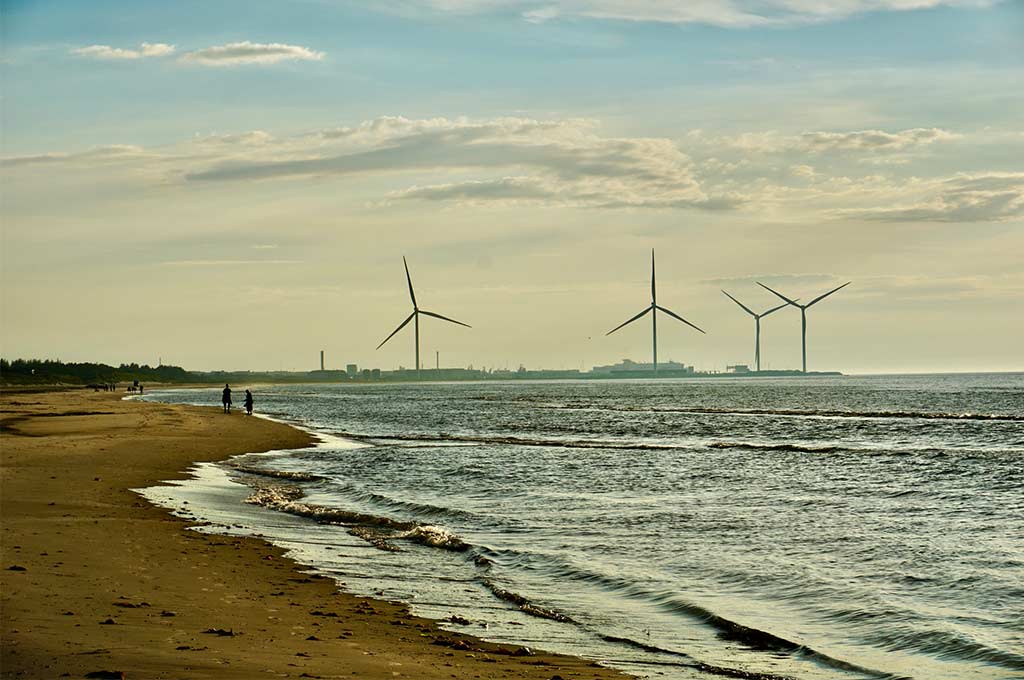
IESE Insight
7 keys for a successful clean energy transition
There are major issues on the table for the transformation of the European and global energy sector in 2024.
Which factors should we take into account as we transition to more sustainable energy? IESE’s Juan Luis Lopez Cardenete broke down the key points to experts and professionals who gathered for the 21st edition of the Energy Sector Meeting, organized by IESE Industry Meetings.
1. The energy transition hinges on the electrification of the economy, but not everything can go electric.
- What is happening with demand? Demand was the same in 2023 as in 2003. The good news is that renewable energy generation is being developed, but fomenting demand will be an important challenge.
- What is holding back supply and demand? Without a doubt, the network.
2. We need to promote new renewable energy sources for what isn’t electrifiable.
- Renewable and synthetic. There is demand for biomethane and synthetic fuels, but they are expensive. Production of green hydrogen needs to be developed and demand created at its current cost level.
- Alternative fuels. Methanol may have a future for the 50% of demand that cannot be electrified. Each ton of methanol will require 1.5 tons of CO2 as raw material.
3. Bureaucracy not only slows down the energy transition; it also makes it more expensive.
- Reform. State bureaucracy is not up to the challenge of decarbonization.
- Reinforce. Energy transitions need broad societal support. We’ve all heard promises that it will be easy; in reality it will require time and sacrifices.
4. Regulation must be simple, clear and stable, or investment will lag behind.
- The European model. The EU has clear objectives and well-defined ideas. This isn’t the case for either the United States or Asia.
- Market vs. regulation. The market generally makes fewer mistakes than regulatory mechanisms and rectifies them more quickly.
5. The price to pay will be high if we fail to defend the principle of technological neutrality.
- Keeping an open mind. Though the current focus may be on green hydrogen, it pays to keep an open mind. One day we may be prioritizing not green hydrogen, but pink. Europe, in particular, needs to keep an open mind, as the U.S. and China have important advantages.
- Carbon capture. Sometimes we want to attract an industry, and we need it to be decarbonized. That means engaging with carbon capture, or the industry will go elsewhere.
- Paradigm split. Nuclear fusion creates low-level waste, but it doesn’t produce CO2. It can also provide energy security. The United States and China have developed real strategies for fusion. For the first time, the nuclear countdown is starting to seem real.
6. Geopolitical distrust is sky-high.
- Change. Rules-based multilateralism has given way to multibilateralism based on state power.
- Transition. China, India and the United States see the energy transition as an opportunity to further industrialize and sell to the rest of the world. Europe imports from the rest of the world and is failing to lead in the decarbonization industry.
- Advance. For 500 years, the history of the world was written in Europe. That ended after World War II. Who will write the future history of Europe?
7. The United States has settled into a system of subsidies, with academic support.
- Competition. U.S. and Chinese protectionism are preventing Europe from tackling the energy transition unaided. It is critical to emphasize the competitiveness of European industry.
- Financing. The U.S. Inflation Reduction Act leaves the European decarbonization industry out in the cold.
MORE INFO:
Banking in times of change: a sector in transition
Hard truths about the energy transition — and other economic challenges
